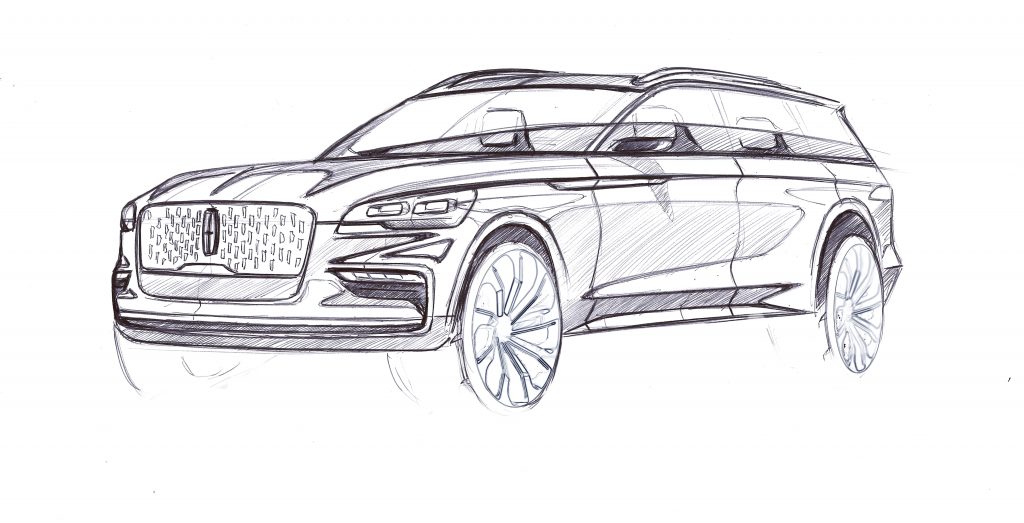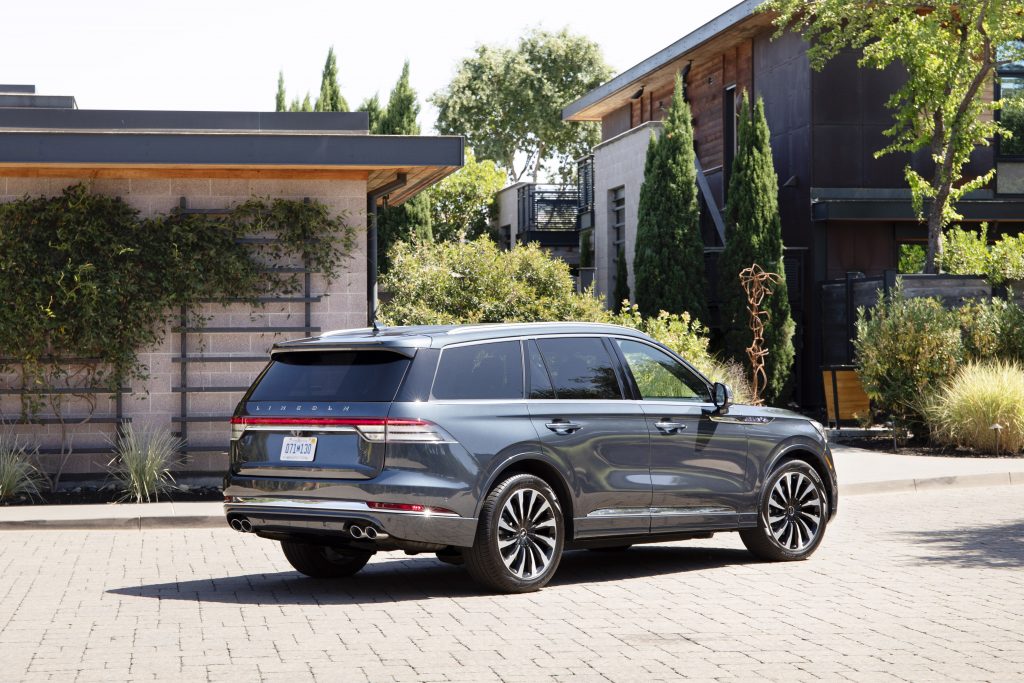Interview: The Lincoln Motor Company Global Design Director Kemal Curić
From Frank Lloyd Wright inspiration to sketching by hand, the process behind the Aviator Grand Touring

Toward the end of 2020, the Lincoln Motor Company‘s benchmark Aviator Grand Touring became our passport to art adventures outside of NYC. To the Berkshires, along the Hudson Valley and into Connecticut, we went in the comfortable SUV, tapping into its powerful electric hybrid technology. On a mission to represent American luxury worldwide, the vehicle sustains an exemplary level of serenity—from its elegant form to its use of natural materials and interior spaciousness (not to mention its front seats, with 30-way customization). The Aviator synthesizes a smooth-driving experience with the future-forward needs of drivers today. To learn how these attributes came together, over years of development, we spoke the brand’s Global Design Director Kemal Curić.

“As a design director, my goal is to bring consistency,” Curić says about the requirements of his title, which he adopted in 2019 after five years as the exterior design manager for Lincoln’s Continental sedan and then lead of the exterior team for the Aviator and Corsair. “We have the Lincoln brand mantra, which is ‘quiet flight.’ This coincides with four tenants: beauty, human, gliding, sanctuary. We always ask ourselves, ‘Is this our brand?’ and ‘Does this give us consistency across our vehicles?’ Everyone works toward the same goal.”
Prior to the interview, Curić shared a sketch of the Aviator, which offered a glimpse into his studio’s process. “Everyone starts with a sketch,” he says. “We still love this manual, analog approach; the craftsmanship of the human touch. Then we do numerous iterations of clay modeling. They are fundamental, so that everyone can touch and feel the model. There, you find the human imperfection. Even though our digital and VR models are at such an amazing level—we have the most progressive tools—we still like to go back to clay and find the natural beauty, as you can imagine, like an artist.”

A sense of openness remains an underlying memory from our time in the Aviator. It was breathability and comfort. “We really wanted to create this personal sanctuary,” Curić says. “Everything starts with the flowing entrance and horizontal theme. Then there was this coast-to-coast approach for the interior. It was guided by the work of Frank Lloyd Wright. His architecture is really uncluttered. This influence helps you have the spacious feeling.”

Curić and his team built numerous models and quick graphic prototypes to hone their focus on human-centered design. “We wanted to understand how people interact with our design, their touch points and pain points, from the steering wheel to the key shifters. It needs to be effortless,” he says.

To achieve this, they began to minimize the visual clutter. It was crucial, however, in this process, to still allow drivers to be aware of all the tools in front of them. “There was a lot of work in the background, in engineering, with reducing the size of certain components that we weren’t capable of reducing in the past,” he says. “If you are a passenger, you’ll benefit from the leg- and knee-room because of this. If you’re the driver, and you’re thinking about the steering wheel, you want it to look light by the second glance. If you don’t use some of the functions, we wanted them to switch off and be quiet. It was thinking about the essentials and the journey. That was our main goal.” Though uncluttered, the Aviator never feels minimal. Further, everything is in reach.

In our model, wood played an important role from a design and textural standpoint. “Everything in the Aviator, from the way it feels to the way it triggers the senses, is real. Real wood is used to bring a very human touch inside the vehicle. It’s nature. It’s this warmth. Inside, there are the also the chimes we developed with the Detroit Symphony. We didn’t want to put anything mechanical in there.” The sound profile, as we noted before, definitely matters—and in many ways goes along with gentle leather and crisp aluminum.

“The engineering enabled the design,” Curić says, “from the gesture of the vehicle to the proportions of this vehicle. If you think of the Lincolns of the past, they had these really premium proportions. We didn’t want to compromise on that. Sometimes we challenged each other. We pushed each other, especially in terms of the Aviator.” This engineering feat includes the stunning panoramic sunroof which truly lets the outside world in.

Curić’s vision binds the portfolio—and beauty plays such an important role. “If you look at the Aviator from the front, you need to fall in love with it. The beautiful eyes, the shape of the grill, then the lines on the body. All of that is very important to the design.” Curić’s intention is something you recognize from the vehicle, which really does reveal more or less with each glance, depending on your need.
Images courtesy of The Lincoln Motor Company












